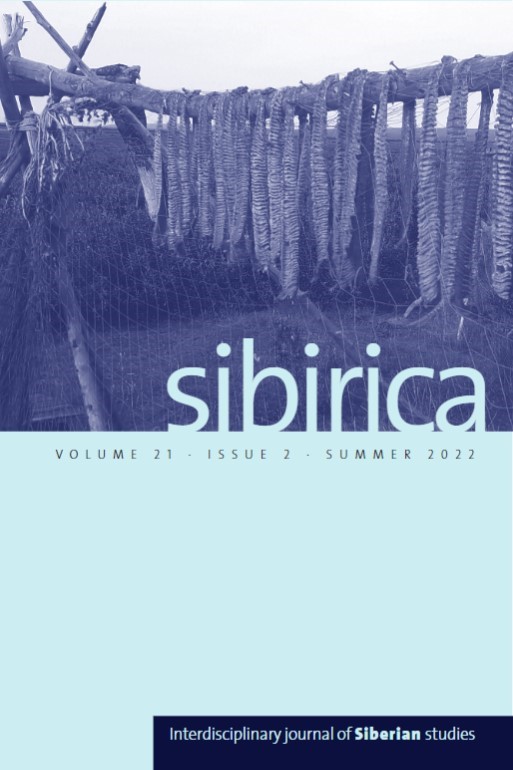
Sibirica
Interdisciplinary Journal of Siberian Studies
ISSN: 1361-7362 (print) • ISSN: 1476-6787 (online) • 3 issues per year
Latest Issue
Volume 24 Issue 2
“I Just Came Here to Muddle Along”
Temporariness of Chinese Students in Siberia
Despite cold weather, few direct flights, and low popularity in China, Siberian universities successfully attract self-funded Chinese students. Due to low tuition and living costs, these regional universities enable Chinese and other international students from humbler economic backgrounds to receive education abroad. Our ethnography examines the adaptation strategies of Chinese students who study in Tomsk, a higher education hub in Siberia. To many, studying in Siberia is a short-term transition stage in their future professional trajectory. Students rarely familiarize themselves with study requirements or opportunities to diversify their social life. The predisposition not to adapt and limited socialization with the local community are connected with students’ temporariness. Chinese students’ self-understandings in Siberia show us that (non-)adaptation strategies and vocabularies get perpetuated discursively within the Chinese student community.
From “Interesting Incident” to “Emergency”
Mediatization and Changing Eventfulness of Human–Brown Bear Encounters in Kolyma, Russia
This article explores human–brown bear encounters in the Magadan region (Kolyma), Russia, through the lens of mediatization. While brown bear ceremonialism and hunting are well-established topics in Siberian anthropology, the experiences of urban settlers have received little attention. I examine how the growing presence of cameras in daily life has shaped the eventfulness of bear encounters in the former Soviet industrial frontier. Analyzing media reports, I trace shifts in how these encounters have been framed over time. I argue that historical changes in the media ecology have transformed how brown bears are seen and represented, as well as the broader wildlife expertise and politics in Russia, by introducing a punctuated, presentist, and moment-oriented logic. I conclude by reflecting on the recent prominence of “encounter” in human–animal anthropological research.
Spatial Shrinking in the Russian Northeast
Risks and Performance
The article considers the characteristics of spatial development processes in the northeast of Russia together with issues of the preservation of native languages in this region, in order to investigate the research hypothesis that processes of spatial change are followed by multidirectional processes in native language use. The article describes spatial shrinking and processes of polarization and regionalization via examination of statistical data and satellite images. This allows the authors to compare—for the first time—the processes of spatial changes and native language usage by Luoravetlan in Chukotka.